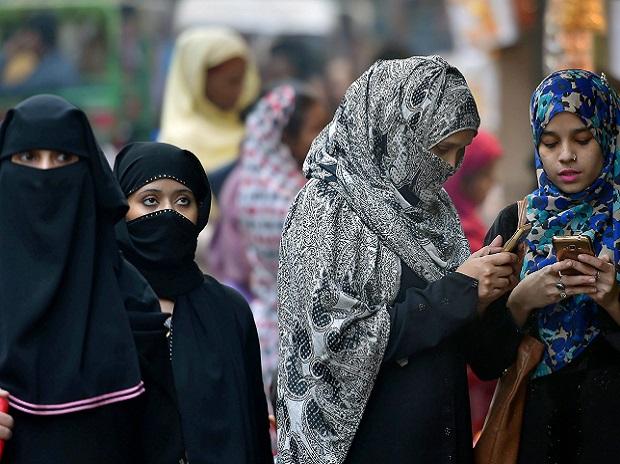The heavy rains in coastal Tamil
Nadu that has left its capital Chennai
Floods under water is due to the El Nino impact on the North East monsoon
that hits the region between October and December.
The
NE monsoon, which supplies 60% of Tamil Nadu's annual water requirement started
with a deficit in October but the impact of the El Nino, the weather phenomenon
that triggers atmospheric changes has resulted in historic rainfall. The NE
monsoon hits Tamil Nadu, Rayalaseema, coastal Andhra Pradesh, South interior
Karnataka and Kerala.
Meteorologists
predict incessant rainfall in and around Chennai till December 6.
"There
have already been 3 to 4 heavy rain events in the last 15 -20 days over Tamil
Nadu. We will get more rain in the next four to five days," said B P
Yadav, deputy director general, Indian Meteorological Department (IMD).
The
El Nino phenomena, the severest this year, could have potential impact on
weather events across the globe. Incidentally, Cyclonic events have not
happened in 2015 on the Bay of Bengal coast during the North east monsoon, the
first such recorded in more than a decade.
Read More News :Chennai
live news | Delhi
News | MLAs
salary hike | Chennai
floods live updates | Chennai
news | Chennai
rains live updates | Paris
Climate Change | Paris
Climate Change Conference | 7th
pay commission | Aamir
Khan
"As
of now, El Nino continues to be strong. In an El Nino year, the South west
monsoon will have deficit rains and North East monsoon will see excess
rainfall," said G P Sharma, vice president, meteorology at Skymet, the
private met agency.
J
Srinivasan, Chairman, Divecha Centre for Climate Change at the Indian Institute
of Science attributed the formation of low pressure clouds in the Bay of Bengal
that has caused heavy rains as there has been no cyclone.
"It
is a surprise for all of us. We need to look at the data once this phenomenon
ends," said Srinivasan.
Dr
A Jayaraman, director of the National Atmospheric Research Laboratory (NARL),
the weather research arm of Indian Space Research Organisation says cyclonic
winds weaken after it hits the coast but the destruction could be enormous. Low
pressure winds that carry rain experienced in the Chennai
Floods 2015 coast move slow.
"Cyclone
is like an express train. It hits the coast and leaves a trail of destruction.
But this fellow (low pressure winds) doesn't move fast like a cyclone. It is
like a passenger train, it remains there for three to four days and pours,"
said Jayaraman, while blaming the current crisis in Chennai as manmade.
"There
is no problem with the rain. Problem is with poor town planning. The canals are
blocked and there is no way the excess rain could be drained," he said.




No comments:
Post a Comment